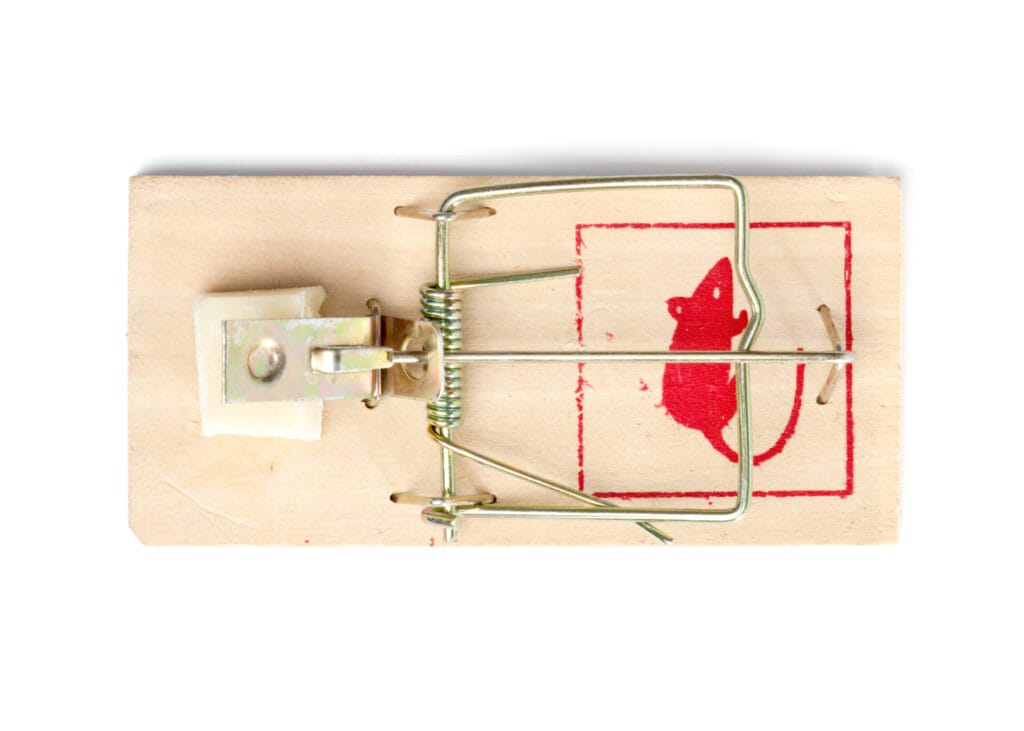
BY DANIELA GIRALDO – APRIL 22, 2024

In the realm of agriculture, the battle against pests is an age-old struggle. Farmers have continuously sought effective methods to protect their crops from the devastating impacts of pests while minimizing environmental harm. Integrated Pest Management (IPM) emerges as a beacon of hope, offering a holistic and sustainable approach to pest control. This blog delves into the depths of IPM, exploring its principles, benefits, and its pivotal role in fostering eco-friendly agricultural practices.
Integrated Pest Management is a comprehensive strategy that harmonizes various pest control methods to prevent crop damage while ensuring minimal impact on human health and the environment. Unlike conventional pesticide-centric approaches, IPM employs a multifaceted toolkit, integrating biological, cultural, physical, and chemical control tactics.
Harnessing nature’s arsenal, biological control involves introducing natural predators, parasites, or pathogens to regulate pest populations. This method capitalizes on the innate balance of ecosystems, promoting sustainable pest management without synthetic chemicals.

Cultural practices such as crop rotation, tillage, and intercropping disrupt pest life cycles and reduce pest populations. By altering agricultural practices, farmers can create unfavorable conditions for pests, mitigating the need for chemical interventions.

Physical barriers, traps, and mechanical removal techniques form the backbone of physical control methods. These non-chemical measures offer targeted pest management solutions while minimizing environmental repercussions.

While chemical interventions are part of IPM, they are utilized judiciously and as a last resort. Selective pesticides are employed only when necessary, following rigorous evaluation of pest populations and environmental considerations.

The adoption of Integrated Pest Management brings forth a multitude of benefits that resonate across ecological, economic, and social domains.
Environmental Sustainability: By reducing reliance on synthetic pesticides, IPM conserves biodiversity, protects natural ecosystems, and safeguards water quality. It promotes soil health and minimizes chemical residues, fostering a harmonious coexistence between agriculture and the environment.
Economic Viability: While initial implementation costs may be higher than conventional approaches, IPM delivers long-term cost savings. By preventing crop losses, minimizing pesticide inputs, and enhancing overall farm productivity, IPM enhances the economic resilience of farming communities.
Human Health Protection: IPM prioritizes the health and safety of farmers, consumers, and rural communities. By minimizing pesticide exposure and contamination risks, it reduces adverse health effects associated with chemical pesticides, ensuring a healthier agricultural workforce and populace.
Pest Resistance Management: Conventional pesticide reliance often leads to the development of resistant pest populations, rendering chemical control ineffective. IPM mitigates this risk by fostering diverse pest control tactics, preventing the emergence of resistant strains and preserving the efficacy of pesticides.
Enhanced Ecosystem Services: By promoting ecological balance and minimizing chemical disturbances, IPM enhances ecosystem services such as pollination, natural pest regulation, and soil fertility. These services are vital for agricultural sustainability and ecosystem resilience.
Despite its numerous advantages, the widespread adoption of Integrated Pest Management faces certain challenges, including knowledge gaps, technical constraints, and socio-economic barriers. To overcome these hurdles and promote the mainstream adoption of IPM, concerted efforts are required at multiple levels.
Knowledge Dissemination: Education and outreach programs play a crucial role in enhancing farmer awareness and understanding of IPM principles and practices. Extension services, training workshops, and farmer field schools facilitate knowledge transfer and skill development, empowering farmers to embrace IPM strategies.
Research and Innovation: Continued research and innovation are essential to refine IPM technologies, develop pest-resistant crop varieties, and optimize integrated pest management practices. Collaborative research initiatives involving scientists, farmers, and policymakers drive technological advancements and address emerging pest challenges.
Policy Support: Governments and policymakers play a pivotal role in creating an enabling policy environment that incentivizes the adoption of IPM. Policy measures such as subsidies for IPM adoption, regulatory incentives for sustainable farming practices, and investment in agricultural extension services bolster the uptake of IPM at the grassroots level.
Market Access and Value Chains: Strengthening market linkages and value chains for sustainably produced crops incentivizes farmers to adopt IPM practices. Certification schemes, premium pricing for IPM-certified produce, and consumer awareness campaigns enhance market demand for environmentally friendly agricultural products, fostering the economic viability of IPM adoption.
Integrated Pest Management stands as a beacon of hope in the quest for sustainable agriculture. By embracing a holistic approach that harmonizes ecological principles with agricultural production, IPM offers a pathway towards resilient, environmentally friendly farming systems. As we navigate the complexities of modern agriculture, let us heed the lessons of IPM and cultivate a future where food security, environmental sustainability, and human well-being converge harmoniously.
Share this post:
Check other topics that may help you get more insights for your project:





